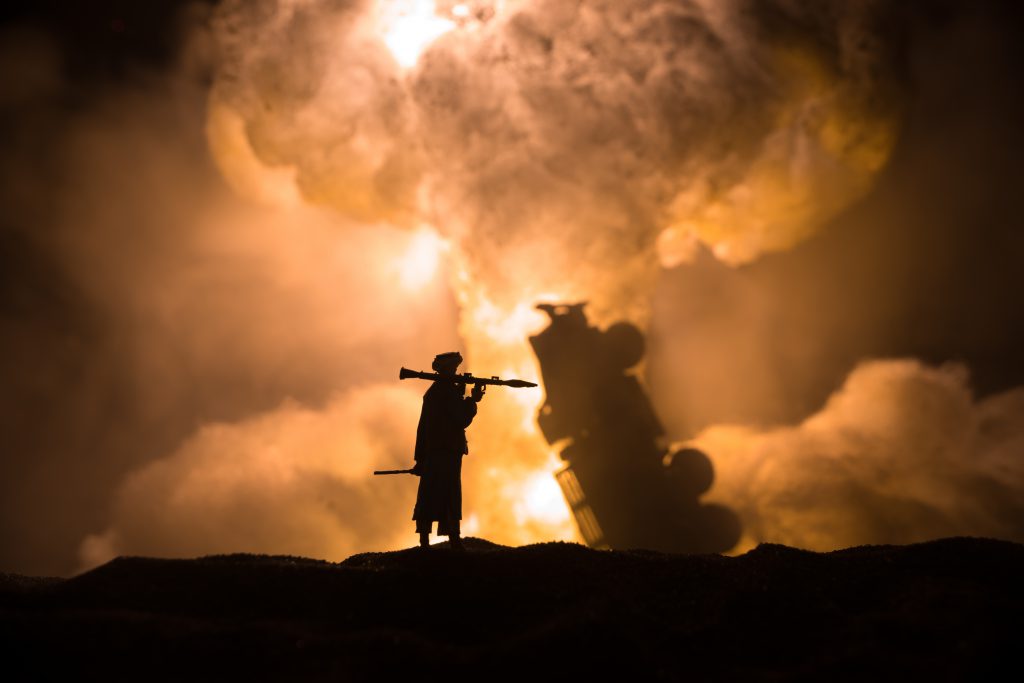“Behind every successful terrorist organization there is an economic system – usually a country,” said General Herzi Halevi, the IDF’s deputy chief of staff, while serving as head of Israeli military intelligence. In recent years, Halevi’s statement become a prevalent reality. The same conclusion emerges from Forbes Israel’s international investigation of the richest terrorist organizations in the world.
This is the third time Forbes Israel has published this one-of-a-kind report, which received extensive international exposure. The investigation maps the annual revenue estimates of terrorist groups, analyzes how these murderous organizations have accumulated a great deal of fortune and enormous economic means, and perhaps more importantly – what factors stand behind these tremendous economic operations.
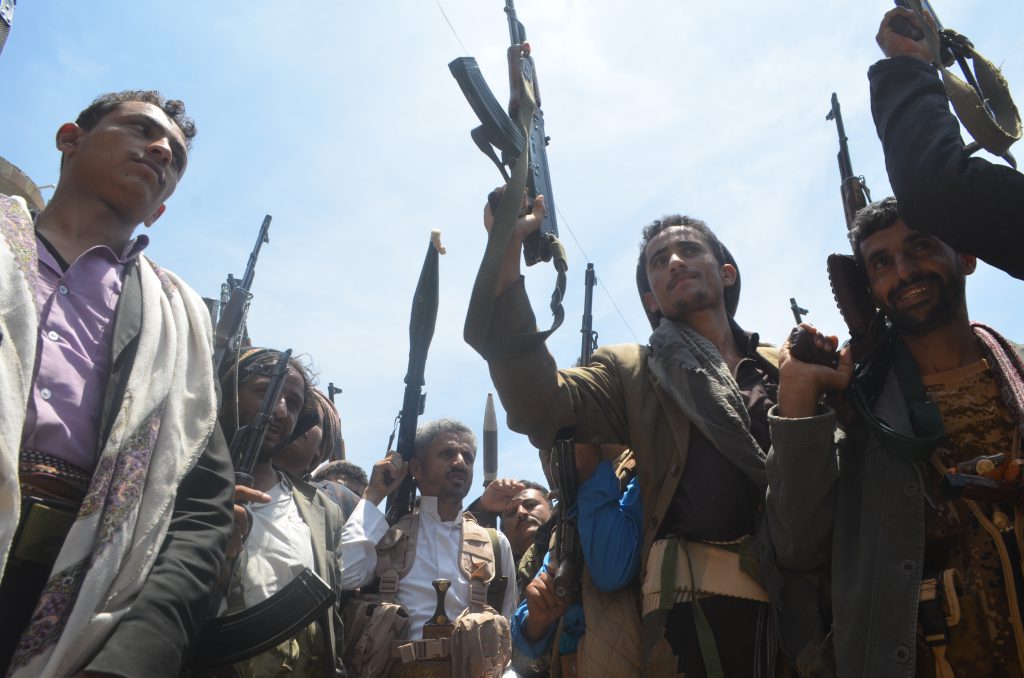
Operating the basic set-up of a terrorist organization requires large financial resources – salaries for activists, operation of training camps, or the purchase of weapons. At times, even ‘civilian’ financing expenditures, especially in the case of large and powerful terrorist organizations that have taken over entire countries or geographical areas in which millions of citizens live.
Along with funds used for terrorist activities, terrorist organizations such as Hamas or Hezbollah, uses part of their budget to operate civilian infrastructure and services. They often do so with the clear aim of deepening their control over the population, and with the intention of further recruitment for military purposes. On the other hand, these terrorist organizations enjoy extensive resources provided by the area or country under their control.
In order to raise the funds, the terrorist organizations operate in underground channels, outside and above the law, and in the global shadow economy – similar to criminal organizations and drug cartels, and sometimes in cooperation with them. Along with significant criminal activity, drug trafficking, pirated mining of natural resources, trading stolen and counterfeit goods, or extortion of ransom and protection racket – there is another, seemingly legal layer.
Businesses that seem completely legitimate – companies, executives, charities, and even banks – are used as legal entities by terrorist organizations, and are an essential component in the mechanism of creating and laundering terrorist funds.
Behind the Research
Gathering an estimated revenue for terrorist organizations is inherently complicated. The very basic definition of a ‘terror organization’ is subject to different interpretations, which in some cases, are derived from security and political interests. Therefore, we used the official list of the Designated Foreign Terrorist Organizations of the US State Department.
In addition, we consulted experts in fields of research, intelligence, and security – in Israel and abroad, in order to accurately map those groups that fit the definition of ‘Terrorism Organization’. In summarizing the data from both of these sources; we have formulated the characteristics of the list presented here.
Thorough and comprehensive research work was conducted in order to estimate the revenues of these terrorist organizations. The conclusions of this global research are based on data, estimates, and expert assessments as published or transmitted to us by various government and security bodies, international organizations, universities, and research institutes.
In addition, over the past few months, we have conducted dozens of interviews with intelligence and security experts, military and police officers, tax authorities, terrorist investigators, and professionals involved in the financial warfare of various terrorist organizations around the world.
The World’s 10 Richest Terrorist Organizations:

Forbes Israel investigation reveals that the Taliban is the richest terror organization in the world. Even before the takeover of Afghanistan, the group had revenues of about $ 1.5 billion a year, thanks to the taxation of the drug industry and pirated mining of natural resources. The Taliba’s revenues are now expected to skyrocket to $ 2.5 billion a year, although, they now have to face the management of the large country marching towards a severe economic and humanitarian crisis.
The Houthi Rebels, who are currently holding key cities in Yemen, including the capital Sanaa, have taken over the local economy. By extorting local businesses, companies and illegally trading in oil, their yearly revenue is estimated at about $ 2 billion a year.
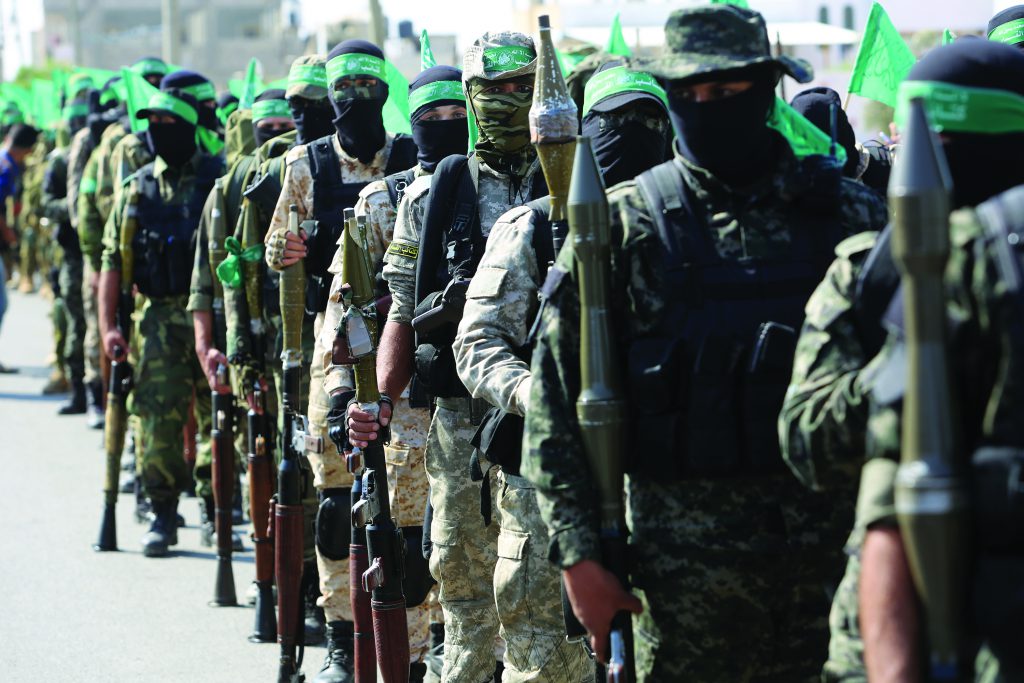
Similar to the Taliban in Afghanistan or the Houthis in Yemen, who enjoy economic power thanks to extortion from the economies under their control, Hamas generates hundreds of millions of dollars in revenue due to being the sovereign of Gaza and ruling over two million people. With the financial assistance of about $ 100 million from Iran – channeled directly to the military, taxation of economic activity in the Gaza Strip, aid flowing to Gaza, and international investment operation managed from Turkey, Hamas’ yearly revenue is estimated at a total of $ 500 million a year.
Although its leader was killed, its superiors are hunted in every corner of the globe, and general power weakened dramatically – Al-Qaeda still manages to rebuild its military, political influence and, economic power. According to the U.S. State Department’s terrorism report, al-Qaeda is a “source of inspiration for a global network of affiliated groups”. Al-Qaeda in the Islamic Maghreb, Al-Qaeda in the Arabian Peninsula, Tahrir al-Sham, or Al-Shabaab: the official branches of the super-jihadist organization, have gained considerable local power and influence in recent years.
They succeeded in generating significant sources of capital – mainly by exploiting trade routes and taxing the smuggling industry (drugs, weapons, tobacco, or human trafficking), collecting protection money, and taxes in the territories under their control, pirate trade in oil or kidnappings, and ransom collection.
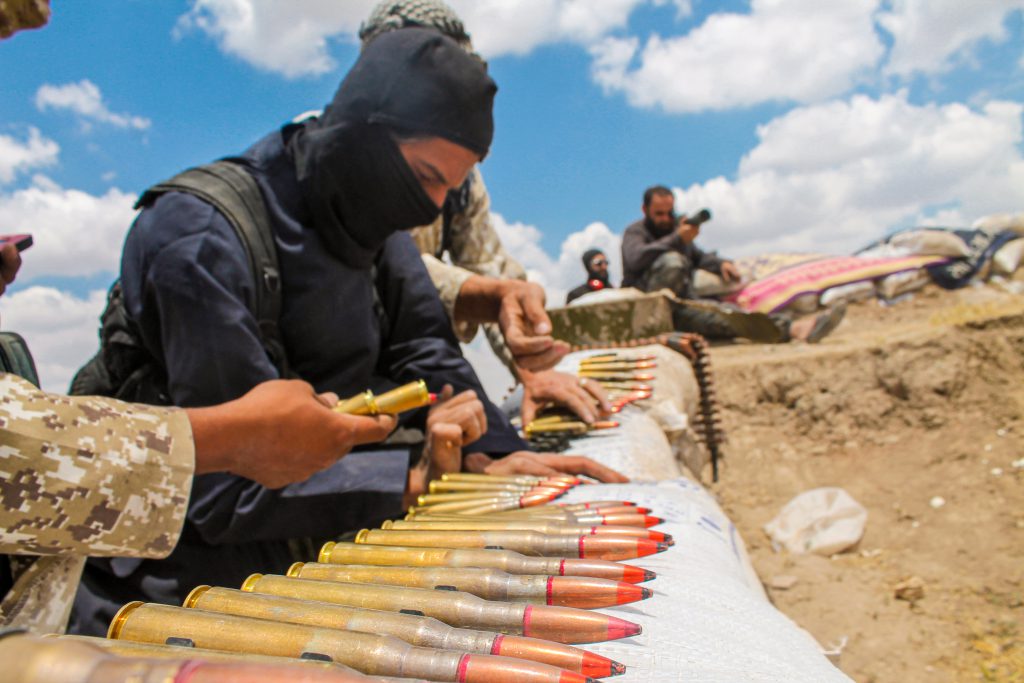
ISIS, the Islamic State of Iraq and the Levant, was considered until a few years ago the richest terrorist organization in the world and gained billions of dollars a year. Following its military defeats in Syria and Iraq, the organization’s assets also dwindled but recently, ISIS has been gradually restoring its power and succeeding in maintaining a global network of terrorist organizations, thanks to hundreds of millions of dollars in cash and various assets left in its holdings during its rule of the Islamic State.
Today, they generate most of their income from illegal oil trading, selling stolen goods on the darknet, collecting ransom from kidnappings, and managing a network of companies and businesses.
According to the US State Department report, members of the PKK “continue to plan attacks against police and military targets in Turkey and raise funds from all over Europe.” A recently published, special Interpol report states that during 2021, the organization’s activists continued to raise funds by legal and illegal means, relying on the strong network of contacts in many European countries.
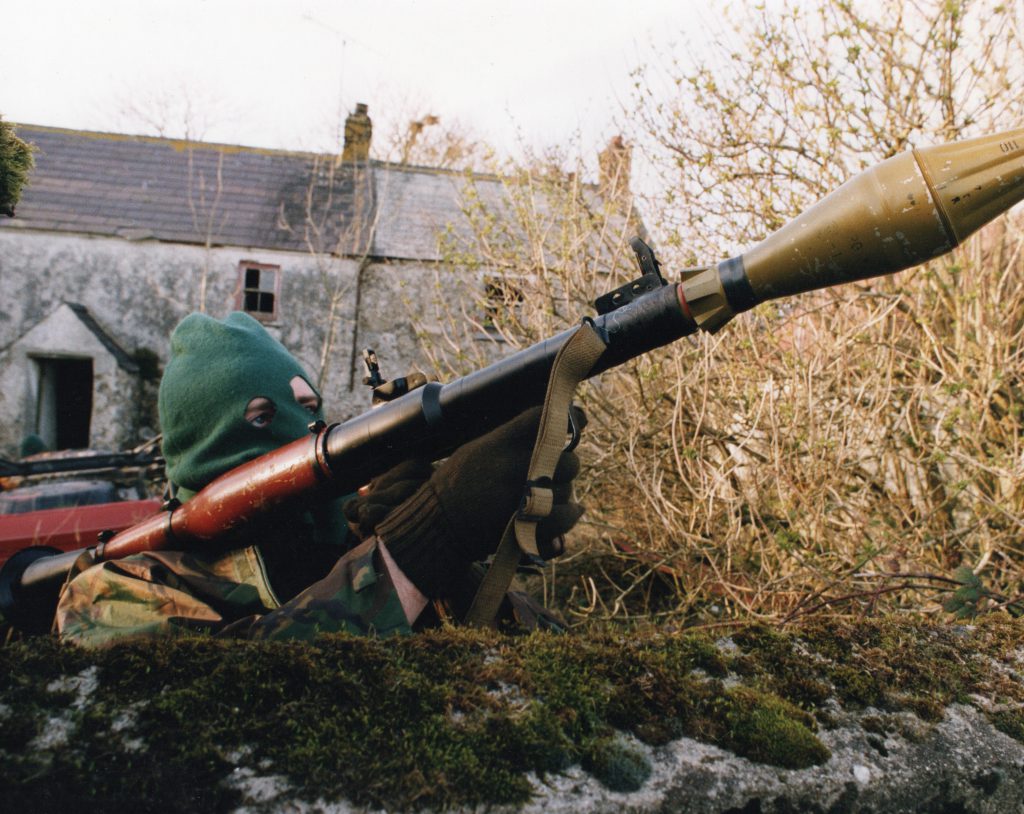
However, this important source of income has been significantly damaged in the last two years – a direct consequence of the outbreak of the coronavirus. On the other hand, the pandemic has caused a sharp rise in the number of drug users and an increase in the demand and the trading scope of the narcotics industry, which produce hundreds of billions of dollars a year. Similar to other terrorist organizations, such as the Taliban or Hezbollah, the PKK has learned over the years how to generate huge sums from this industry – which is an important component of the organization’s annual revenues.
According to The Independent Monitoring Commission, the organization that oversees the ceasefire agreements in Ireland, the REAL IRA is the most violent and dominant, responsible for most of the terrorist attacks recorded since the peace agreement was signed and the IRA disarmed.
Leaders of RIRA have been linked to the heads of organized crime and members of the Irish mafia, close strategic partners in the organization’s criminal business activities – conducted primarily through a global and sophisticated network of smuggling and trading in stolen and counterfeit goods. Most of RIRA’s revenue comes from the sale of stolen and counterfeit cigarettes and tobacco products, which generate tens of millions of dollars each year.
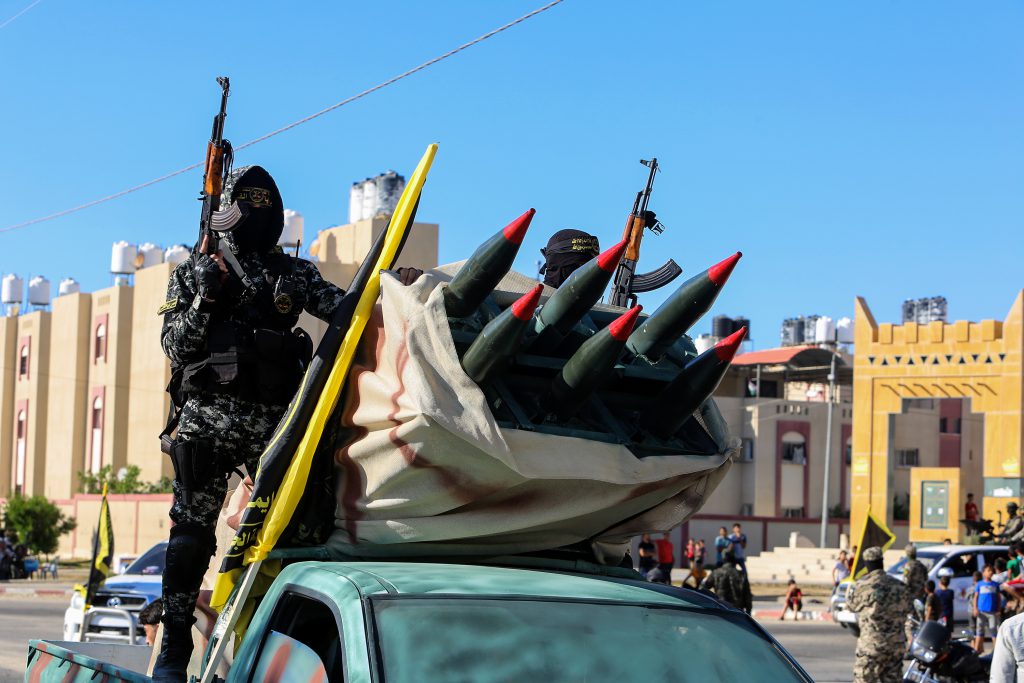
Despite the relatively modest size of Kata’ib Hezbollah (‘Brigades of the Party of God’), the pro-Iranian militia, which numbers a total of several hundred fighters, is of immense importance and influence in the Shi’i fight in Iraq. For many years, this Shi’ite-Iraqi militia has been responsible for some of the deadliest actions in Iraq against the United States, the coalition forces, and the local Sunni population and they serve as an important tool for Iran in realizing the “Shi’ite” vision.
The pro-Iranian Shi’ite militia is completely subjected – religiously and militarily – to the instructions of its supreme leader, located in Tehran, and as such, the organization receives its sources of income almost exclusively from the capital of Iran, estimated at several tens of millions of dollars a year. Additional revenue is estimated at several million dollars a year, comes from the militia, kidnappings, ransom, extortion, and protection fees they charge from businesses and individuals located in areas under its sphere of influence.
The Islamic-Palestinian terrorist organization, the Islamic Jihad, is also subject to the instructions of its Iranian patron, who has sponsored the organization since its establishment in 1979 as an affiliate of the Egyptian Society of the Muslim Brothers.
Today, despite economic sanctions and a severe crisis, Iran continues to subsidize Hamas’ younger brother and, in addition to weapons and valuable knowledge, the Iranian Quds Force transfers tens of millions of dollars annually to the Islamic Jihad, funding its militant activities and overall global array. Hezbollah, too, with its hundreds of millions of dollars they produce independently, transfers millions of dollars every year to support the jihadist organization’s armed fight against Israel.

